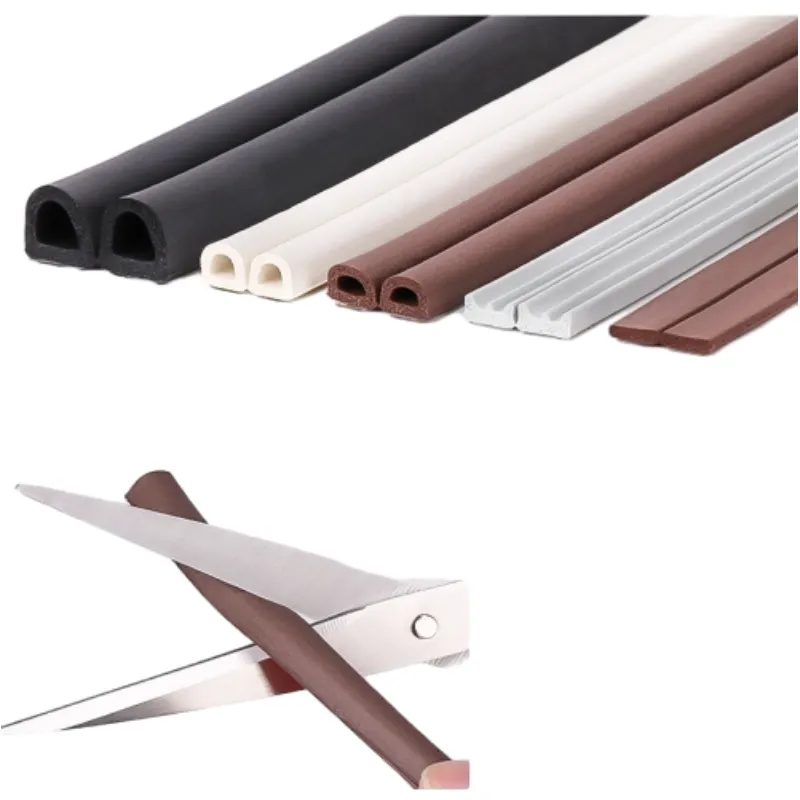rubber waterproofing strips
Rubber Waterproofing Strips A Vital Solution for Efficient Sealing
In the realm of construction and home improvement, the importance of waterproofing cannot be overstated. Effective waterproofing systems protect structures from water damage, mold, and deterioration, which can lead to costly repairs and health hazards. One of the most efficient and versatile solutions in this domain is the use of rubber waterproofing strips. These strips serve a crucial purpose in sealing joints and preventing water ingress in various applications, making them an essential component in modern building practices.
Rubber waterproofing strips are designed to provide a flexible, durable, and effective barrier against water. Made from high-quality rubber materials, these strips are engineered to withstand harsh weather conditions, UV radiation, and temperature fluctuations. Their elasticity allows them to conform to irregular surfaces and movements within structures, ensuring a tight seal that prevents water leakage.
The applications of rubber waterproofing strips are numerous. They are commonly used in construction joints, windows, doors, and roof seams, where water is likely to penetrate. In basements and crawl spaces, these strips can be installed along walls and floors to create a moisture barrier, protecting against rising groundwater and flooding. Additionally, in industrial settings, rubber strips are utilized in machinery and equipment to prevent fluid leakage, contributing to both safety and efficiency.
rubber waterproofing strips

One of the most significant advantages of rubber waterproofing strips is their ease of installation. Most strips come in various lengths and widths, allowing for customization based on the specific needs of a project. They can be affixed using adhesives or mechanical fasteners, making them suitable for both DIY enthusiasts and professional contractors. Furthermore, the lightweight nature of rubber strips simplifies handling and reduces labor costs during installation.
Another compelling benefit of rubber waterproofing strips is their longevity. Unlike some traditional sealing methods that may wear down or require frequent maintenance, rubber strips are designed for durability. They resist cracking and degradation over time, ensuring that the waterproofing remains effective for years to come. This resilience not only extends the life span of structures but also provides peace of mind to homeowners and builders alike.
In terms of environmental impact, rubber waterproofing strips are often made from recycled materials, contributing to sustainable building practices. By choosing eco-friendly options, builders can reduce their carbon footprint while maintaining the highest standards of construction quality.
In conclusion, rubber waterproofing strips are an indispensable tool in the fight against water intrusion. Their flexibility, durability, and ease of installation make them suitable for a wide range of applications in residential, commercial, and industrial settings. As water damage poses a significant threat to structural integrity, investing in high-quality rubber waterproofing solutions is essential. By incorporating these strips into construction and renovation projects, property owners can protect their investments, enhance resilience against the elements, and ensure a safer living and working environment. Choosing the right waterproofing solution ultimately leads to a more sustainable and efficient approach to safeguarding buildings from water-related issues.
-
Under Door Draught Stopper: Essential ProtectionNewsJul.31,2025
-
Garage Door Seal and Weatherstrips for ProtectionNewsJul.31,2025
-
Edge Banding Tape for Perfect EdgesNewsJul.31,2025
-
Table Corner Guards and Wall Corner ProtectorsNewsJul.31,2025
-
Stair Nose Edging Trim and Tile Stair SolutionsNewsJul.31,2025
-
Truck Bed Rubber Mats for Pickup BedsNewsJul.31,2025
-
Window Weather Stripping for Noise ReductionNewsJul.29,2025